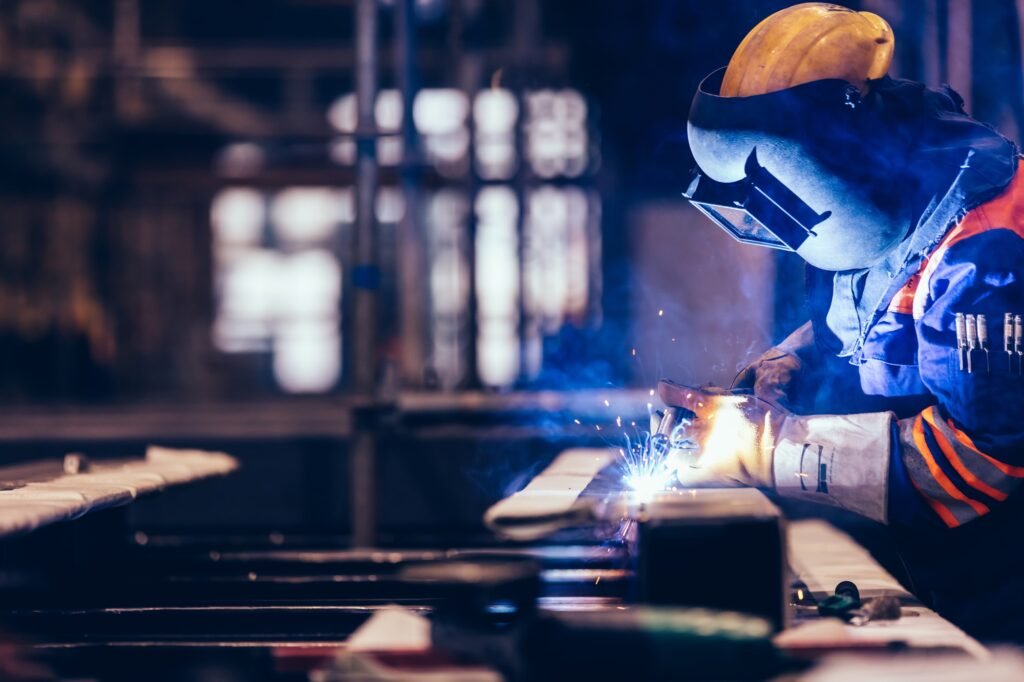Metal link chains have a rich history, dating back centuries and evolving over time to meet the changing needs of industries and society. In this article, we take a journey through the past, exploring the origins and early uses of metal link chains, their advancements and adaptations in modern times, and even a glimpse into the future of this remarkable technology. Discover how metal link chains have transformed industries and continue to shape our world today.
Metal link chains have a rich history that dates back centuries. Throughout the years, these chains have evolved in design, materials, and applications, becoming indispensable tools in various industries. In this article, we will explore the fascinating evolution of metal link chains, from their early origins to their modern-day advancements.
Table of Contents
- Introduction
- Early Origins
- Industrial Revolution and Technological Advancements
- Specialized Applications and Innovations
- Modern-Day Metal Link Chains
- Environmental Considerations
- Conclusion
- FAQs
1. Introduction
Metal link chains have played a vital role in human civilization, offering strength, reliability, and versatility. From ancient times to the present day, these chains have undergone significant transformations, driven by technological advancements and changing industry needs.
2. Early Origins
The origins of metal link chains can be traced back to ancient civilizations, where early metalworkers developed rudimentary chain designs. The Egyptians, for instance, used chains made of bronze or iron for a variety of purposes, including jewelry, ceremonial objects, and as part of their military equipment.
3. Industrial Revolution and Technological Advancements
The Industrial Revolution marked a turning point in the production and use of metal link chains. The invention of machinery and the development of steel manufacturing techniques allowed for the mass production of chains with increased strength and durability. This led to the widespread adoption of chains in the mining, agriculture, and transportation industries.
4. Specialized Applications and Innovations
As industries expanded and diversified, the demand for specialized chains grew. Innovations in chain design and materials allowed for the creation of chains tailored to specific applications. For example, the introduction of alloy steel chains in the early 20th century revolutionized the lifting and rigging industry, providing superior strength and load-bearing capabilities.
5. Modern-Day Metal Link Chains
In the modern era, metal link chains evolve and find new applications. The development of stainless steel chains has addressed the need for corrosion resistance, making them ideal for marine, food processing, and outdoor environments. Additionally, advancements in chain manufacturing processes, such as precision forming and heat treatment, have further enhanced their performance and durability.
6. Environmental Considerations
In recent years, there has been a growing focus on sustainable and eco-friendly practices in various industries. This has led to the development of environmentally conscious chain coatings, such as zinc-free and lead-free options, reducing the environmental impact of chain production and use. Additionally, recycling initiatives have been implemented to reduce waste and promote the reuse of metal link chains.
7. Conclusion
The evolution of metal link chains has been marked by innovation, technological advancements, and changing industry needs. From their humble beginnings in ancient civilizations to their modern-day applications, these chains have continuously adapted to meet the demands of various sectors. As we look toward the future, further advancements in materials, design, and sustainability will continue to shape the development of metal link chains.
FAQs
1. What are the common materials used in modern metal link chains?
Modern metal link chains are predominantly made of steel, including carbon steel and stainless steel, due to their exceptional strength and durability.
2. Can metal link chains be used in extreme temperatures?
Yes, certain types of metal link chains, such as heat-treated alloy steel chains, are designed to withstand extreme temperatures, making them suitable for high-temperature applications.
3. Are metal link chains prone to rust and corrosion?
While some chains may be susceptible to rust and corrosion, advancements in materials and coatings, such as galvanization and stainless steel, have greatly improved their resistance to environmental factors.
4. Can metal link chains be customized for specific applications?
Yes, metal link chains can be customized in terms of size, strength, and configuration to meet the specific requirements of different applications, ensuring optimal performance and safety.
5. Are there any regulations or standards for the use of metal link chains?
Yes, there are industry-specific regulations and standards that govern the design, manufacturing, and use of metal link chains to ensure compliance with safety and quality requirements.




